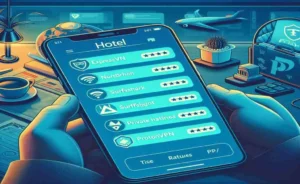What is Silver Service?
Silver service is a food serving style. It is also known as the English service. In this form of serving, dishes are presented and transferred from the left-hand side to the guest’s plate using a service spoon and fork.
This Silver style of service is implemented in upscale restaurants. It is regarded as a formal service.
In this Silver style service method, He/she presents the main dish to the host and serves each guest, starting from the one seated to the right of the host.
The server moves counterclockwise while serving food. The waiter brings plates and dishes to the sideboard, and places the plate before each guest from his/her right-hand side, moving clockwise.
Silver Service Advantages and Disadvantages
Here’re the advantages and disadvantages of Silver service or English service:
Advantages of Silver Service
These are the silver service advantages:
- Personalized service.
- Customer satisfaction.
- Waiters have the scope to exhibit their service skills.
- No plate wastage.
Disadvantages of Silver Service
These are the silver service disadvantages:
- Calls for a high level of service skills, hence more labor cost.
- More staff is required.
- Low seat turnover.
- Slow service.
Points to remember while Silver Service or English Service:
- Serve food from the dish/platter onto the guest’s plate using a service spoon and fork from the left-hand side.
- Conduct clearance from the right-hand side.
- Serve beverages from the right-hand side.




